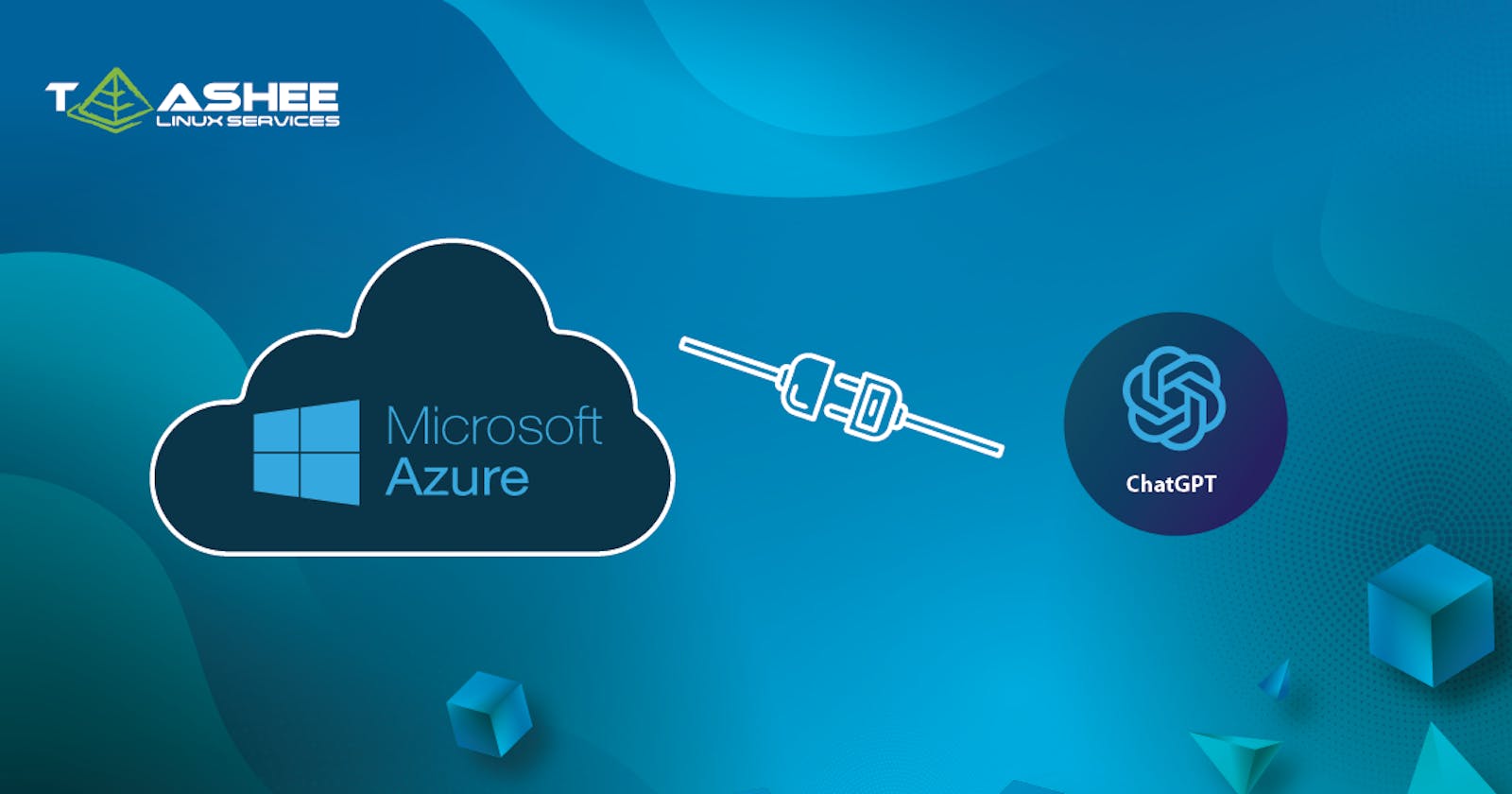Top 10 reasons why ChatGPT’s integration with Azure will revolutionize your cloud experience!
Discover top 10 reasons why integration of OpenAI's ChatGPT language model with Microsoft Azure cloud platform is set to change the game for cloud com
The integration of Microsoft’s Azure cloud platform with ChatGPT, an advanced language model developed by OpenAI, is poised to revolutionize the way we interact with and utilize cloud technology. This powerful combination of Azure’s extensive capabilities and ChatGPT’s natural language understanding will bring a new level of automation, personalization, and intelligence to the cloud experience. Whether you’re a developer, business user, or IT professional, this integration will open up new opportunities for increased efficiency, security, and innovation.
In this article, we will explore the top 10 reasons why the integration of ChatGPT with Azure is set to change the game for cloud computing. From personalized natural language interactions to advanced analytics and automation, this integration is sure to have a significant impact on the future of cloud technology.
Personalized and natural language-based interactions: One of the main advantages of integrating ChatGPT with Azure is the ability to provide more personalized and natural language-based interactions. ChatGPT has the ability to understand and respond to natural language queries, enabling users to interact with Azure in a more intuitive and conversational manner. This will allow users to easily access and manage their Azure resources without the need for complex commands or technical expertise.
Improved automation and efficiency: ChatGPT’s ability to understand and execute commands allows for more automation of tasks, leading to increased efficiency and cost savings. With ChatGPT, users will be able to easily automate repetitive tasks such as creating, managing, and scaling resources, reducing the need for manual intervention and freeing up time for more important tasks.
Enhanced security: ChatGPT’s ability to understand and respond to natural language queries will ultimately feed into more secure interactions with Azure, as it can detect and respond to suspicious activity. By integrating ChatGPT, Azure can provide more advanced security features such as natural language-based authentication and anomaly detection, making it more difficult for attackers to gain unauthorized access to resources.
Better monitoring and troubleshooting: ChatGPT’s advanced NLP features will aid in more effective monitoring and troubleshooting of Azure resources. With ChatGPT, users can easily monitor the status of their resources and troubleshoot issues in real-time, without the need for complex commands or technical expertise.
Increased scalability: With ChatGPT, Azure can provide more advanced scaling features such as automatic scaling based on natural language queries, making it possible to handle a larger volume of users and requests. This will allow Azure to adapt to the changing needs of the users and provide a more reliable and responsive service.
Improved accessibility: ChatGPT’s ability to understand and respond to natural language queries would translate to more accessibility for non-technical users, as it can provide a more user-friendly interface. With ChatGPT, users can interact with Azure in a more intuitive and conversational manner, even if they have limited technical knowledge. This will make Azure more accessible to a wider range of users, including non-technical business users.
Greater flexibility: With ChatGPT, users can interact with Azure in a manner that is most comfortable and convenient for them, whether that be through voice commands, chat, or text-based input. This will provide a more personalized and efficient experience for each user.
Advanced analytics: ChatGPT’s advanced NLP features would allow for cutting-edge cloud analytics, as it can extract insights from data more efficiently. By integrating ChatGPT, Azure can provide more advanced analytics features such as natural language-based data exploration, making it possible to uncover hidden insights and patterns in data.
Better customer service: Gone would be the days when Azure’s chatbots could only serve limited roles in customer service. With ChatGPT, users would be able easily to access help and support in a natural language-based manner, reducing the need for complex commands or technical expertise. This will make it easier for users to get the help they need when they need it.
Potential for new and innovative use cases: By integrating ChatGPT with Azure, businesses can develop new and innovative solutions that can transform the way they operate and interact with customers. This can include new applications, services, and business models that were not previously possible.
The integration of ChatGPT with Azure is a game-changing development that brings a new level of intelligence and automation to the cloud experience. The ability to interact with Azure in a natural language-based manner makes it more user-friendly and accessible, while the advanced automation and analytics capabilities open up new possibilities for efficiency and innovation. This powerful combination of Azure’s extensive capabilities and ChatGPT’s natural language understanding will help businesses and organizations of all sizes to optimize their cloud operations and gain a competitive edge.
It is indeed an exciting time for Taashee’s cloud computing clients, as the integration of ChatGPT with Azure is set to push the boundaries of what is possible with cloud technology. It’s not only a step forward for Microsoft, but for the entire cloud industry.
This article was originally published on our company blog.

